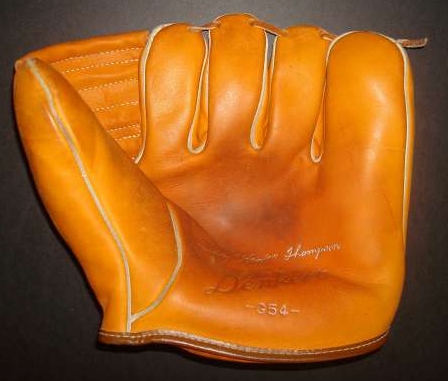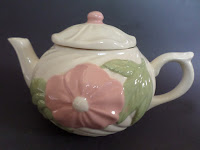HUBLEY HORSE BOOT SCRAPER - CLOSER TO THE REAL STORY
This horse boot scraper can be found on the internet with conflicting identifications. Some say it's from the 19th c....some say it was manufactured by Hubley. There is one example that is marked "Hart" inside a heart on the bottom of the base.
The horse does indeed to appear to be the Hubley Show Horse Doorstop. Other examples are also clones of Hubley doorstops...a nother horse, the Boxer, Mammy, Setter and Cocker Spaniel. All of these examples are marked 5700 or 5800 on the bottom of the base, just like the B.B. Butt examples.
Here is an example of the Mammy
I have some information that gets closer to the real story as to the origin of these boot scrapers.
The patent for the base was obtained in 1938 by Savannah Barrett Butt. She ran a little business out of her basement in Baltimore, Maryland and had a couple employees. There are multiple examples of twin figural scrapers that are marked "BB" on the top corner of the base and 5700 or 5800 with "B.B. Butt" on the bottom of the base. These scrapers do not have the bridge/single figural. The twin figurals are attached to each side of the base. Here is the patent:
Below is a B.B. Butt example
Here is an advertisement from 1949 from Hoops which was a store located in Chicago, Ill. Hoops advertises what appears to be the exact Show Horse Scraper shown in the first picture and says it can be chosen from a Dog and Mammy scraper too !!!
Who ultimately made the unmarked scrapers? That is still unknown. But, it appears that Hubley Doorstop molds were used for the motifs. Hubley did not start making doorstops until the 1920's in their "Metal Art Goods" line. They sold their doorstop molds in 1948 to John Wright. Did Hubley sell their doorstops to Butt to use on her scrapers? Did John Wright have an agreement with Butt? Did Hart (Whoever they were) gain rights to Butt's patent and use Hubley doorstops?
Whatever the answer as to the manufacturer, this much appears true....these boot scrapers were made in the 1940's not the 19th century.









Comments